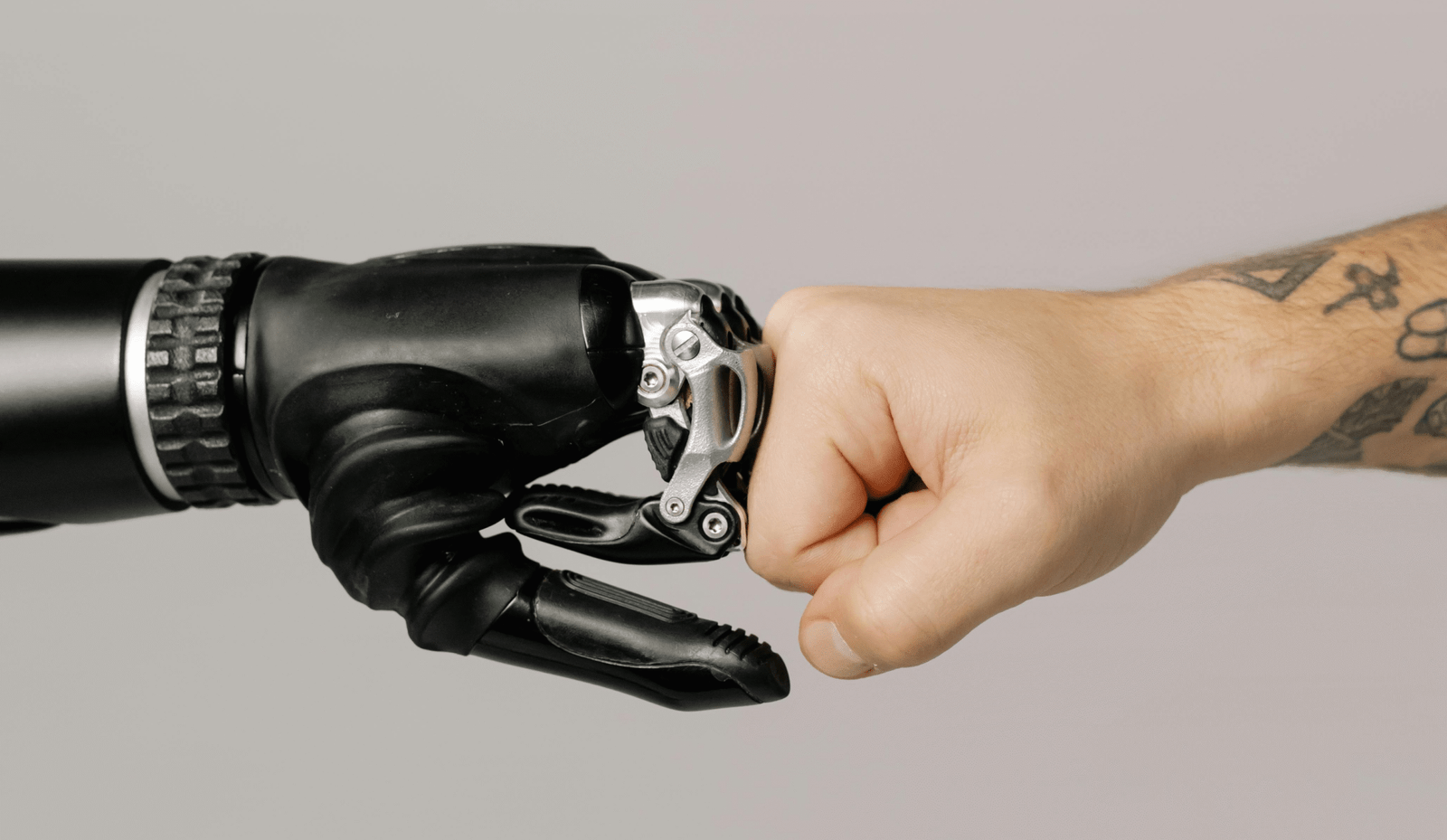
By now, everyone knows that AI can write. Paragraphs, product descriptions, taglines, social posts—machines can throw those out like confetti. But if you think that’s all creators are using it for in 2025, you’ve been watching the show from the lobby. The real magic? It’s happening backstage— experimental, and deeply human.
The Shift: From Help to Collaboration
Once upon a time, creators used AI like a toolbelt—pull out the right screwdriver when the screw got stuck. But this year, something changed. AI isn’t just “helpful” anymore. It’s a collaborator. Not perfect, not genius, but present. Like a bandmate who doesn’t sleep, or a second brain that stays out of your way unless asked.Once upon a time, creators used AI like a toolbelt—pull out the right screwdriver when the screw got stuck. But this year, something changed. AI isn’t just “helpful” anymore. It’s a collaborator. Not perfect, not genius, but present. Like a bandmate who doesn’t sleep, or a second brain that stays out of your way unless asked.
Writers aren’t just asking for blog drafts, they’re using AI to create branching narratives, alternative character arcs, and to simulate reader reactions before publication. Designers aren’t only generating thumbnails, they’re testing moodboards with hundreds of variations before picking one to refine. Filmmakers are experimenting with AI-assisted storyboarding that reacts to real-time feedback. Music producers are layering AI-generated vocals, not to replace their own, but to explore harmonies they’d never thought of.
The line between idea and execution is melting.
Audio Experiments & The Return of Raw Voice
A lesser-known trend this year? Voice synthesis—used not to clone, but to express.
A solo podcaster can now script a monologue in the morning, tweak tone and rhythm in the afternoon, and release an episode that sounds like it was recorded in a studio—without ever hitting “record.” But the real thrill isn’t in the polish. It’s in the ability to experiment with a hundred takes before breakfast. Try a whispered version. A theatrical one. One in an entirely different accent.
We’re seeing comedians draft whole sets and test audience laughter responses via AI before ever stepping on stage. Not to get laughs easily—but to sharpen the blade before it touches the stage floor.
Visual Creation Isn’t About Pretty Pictures
Forget the filters. What creators are chasing now is mood. You can feel it in the kind of image requests people make: “a memory that feels like childhood,” “the shadow of a thought you had during winter,” “a dream from a decade ago, shown in symbols.”
Image generation isn’t just a design shortcut anymore—it’s a thinking tool. It’s helping creators see what they mean before they know how to say it.
Concept artists use AI canvases like whiteboards on fire—scribbling, evolving, rotating, remixing. Fashion designers test combinations not for output, but for inspiration. YouTubers sketch thumbnail concepts that match the feeling of the video, not just the topic.
This isn’t about art made by AI. It’s about art provoked by it.
Developers Are Creators Too
And they’re in on it—big time.
AI doesn’t just complete lines of code anymore. It helps structure the entire build. Developers pair with AI to plan user flows, stress-test logic, and even simulate user bugs before the app exists. Not to save time, but to explore better architecture early on.
Some solo devs are releasing full apps in a weekend. Others are using AI to create playable prototypes that feel more like games than sketches. AI is helping not by writing all the code, but by holding up a mirror to the creator’s intentions—“Is this what you meant?” It’s debugging with dialogue.
What’s Actually Happening?
Here’s the quiet truth most people miss: AI isn’t taking over creativity. It’s stretching it.
Writers are becoming directors. Musicians are becoming visual storytellers. Coders are dabbling in sound design. People who thought they could only do “one thing” are now sketching in five languages at once—and AI is just the paper and pencil.
The creators using AI best in 2025 aren’t the ones asking it to work for them. They’re the ones working with it—tinkering, riffing, arguing. Letting AI be weird. Letting themselves be surprised.
They’re not trying to replace the spark. They’re feeding it more oxygen.
And yes, all of this sounds thrilling—until you’re juggling five tabs, six tools, and three login prompts just to make it happen. That’s the part nobody romanticizes.
That’s where we come in.
At WebWorks Co., we built WayStars AI not to impress you, but to help you create—in voice, image, text, and code—without the noise. One place. One workflow. One focus: your ideas.
Try WayStars AI. Let your process breathe.
